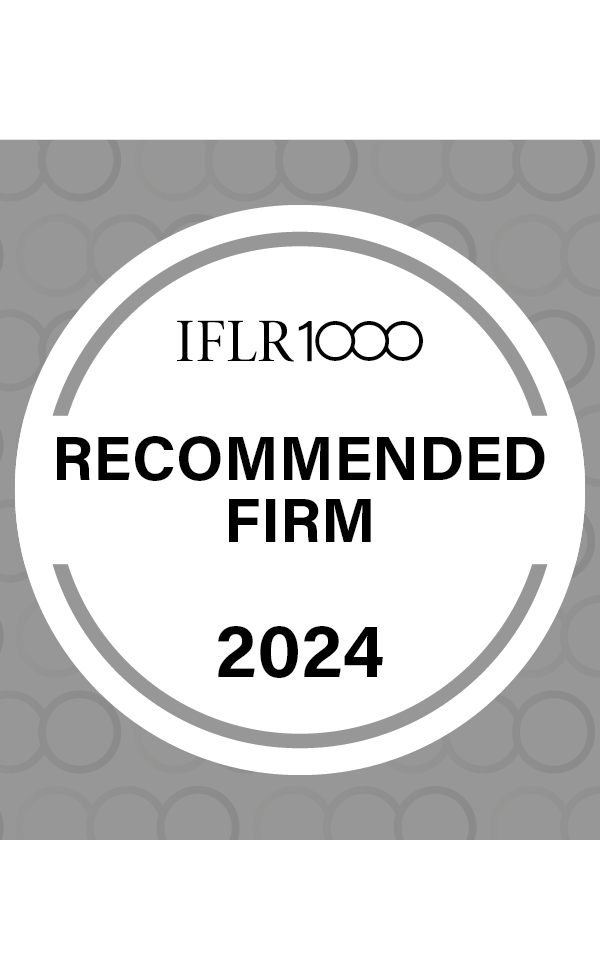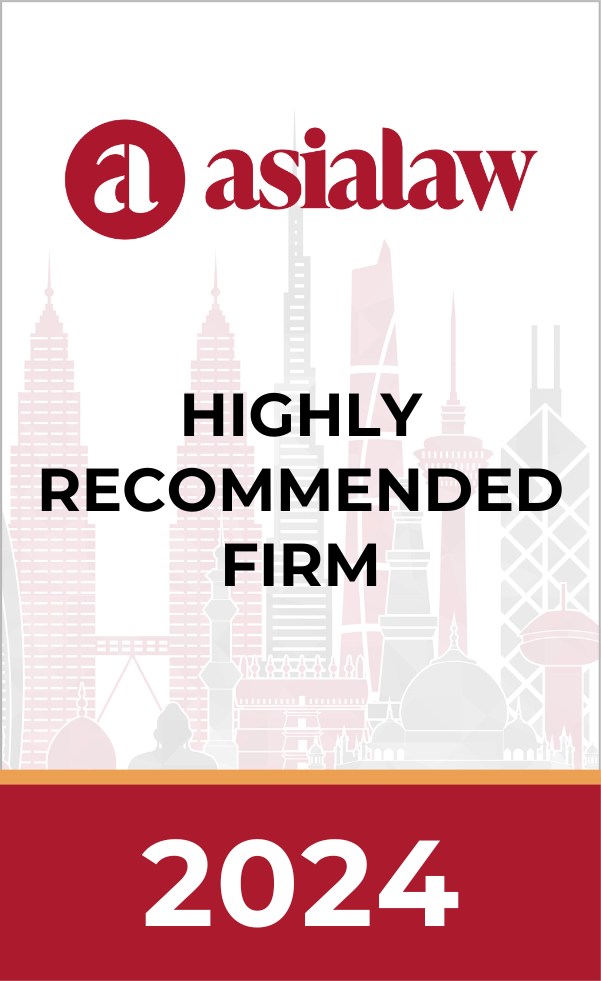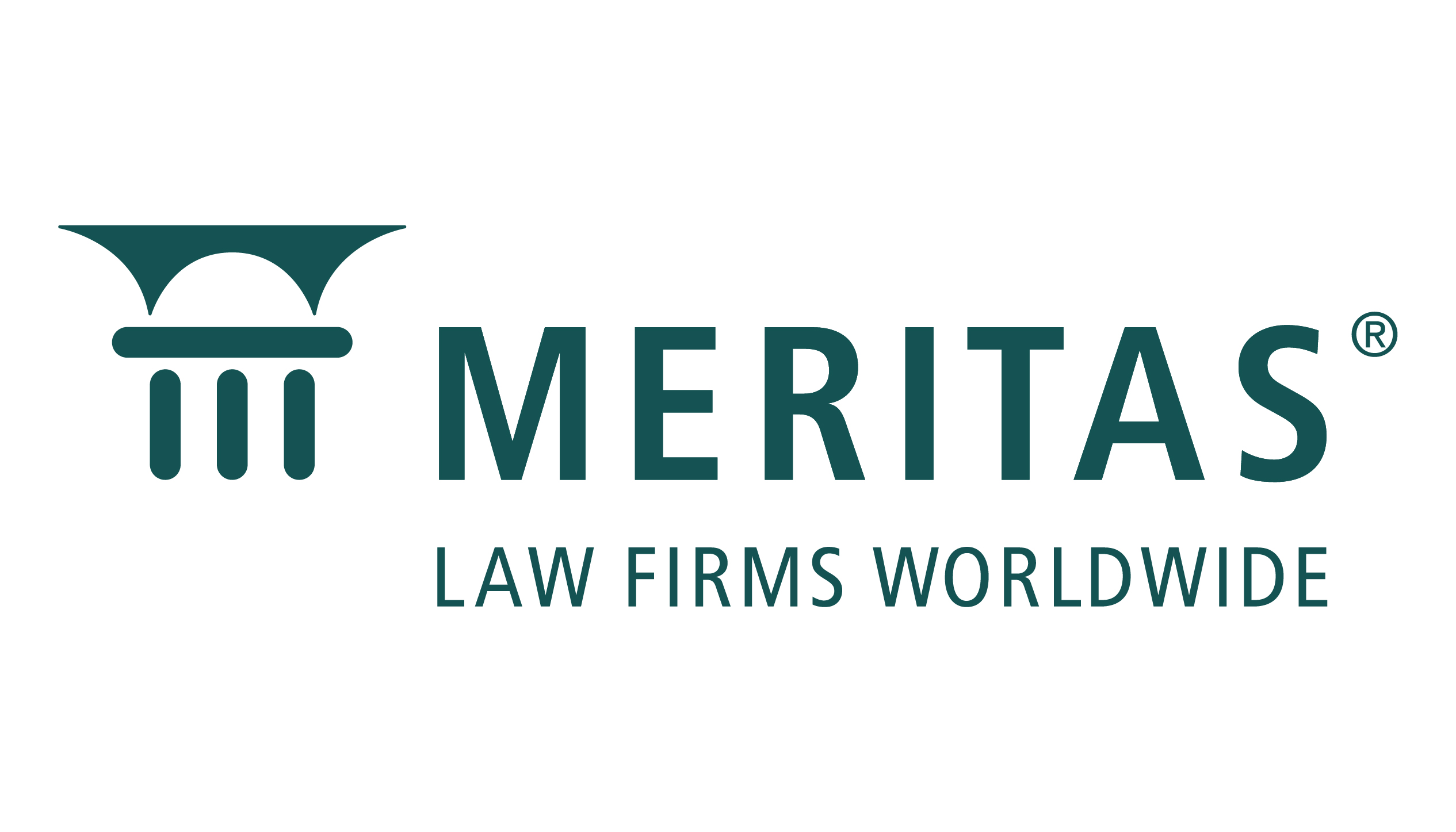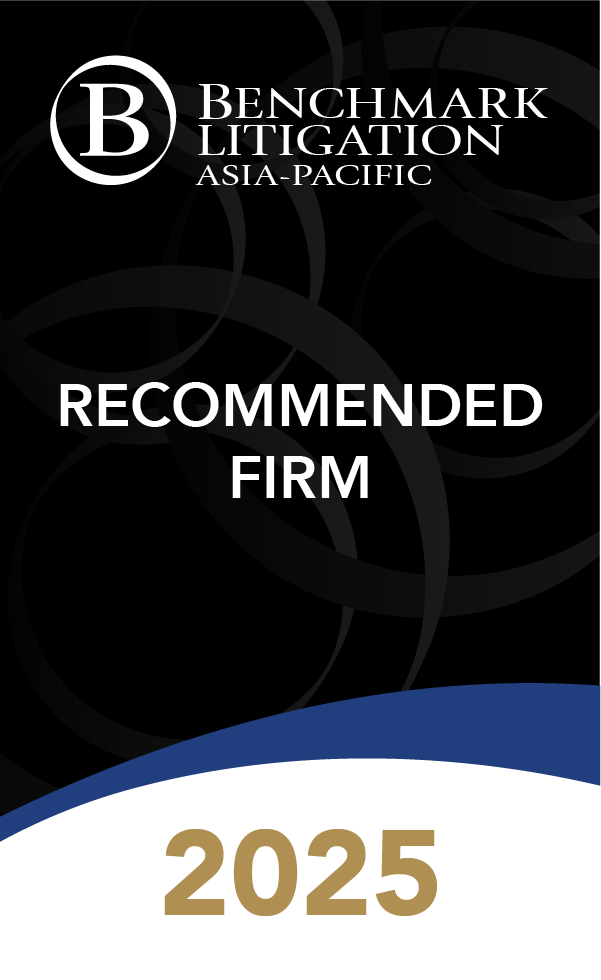
INSIGHT
Newsletter - Mandatory Disclosure of The Beneficial Owner of A Limited Liability Company
Author: Corporate and Investment Practice Group
- GENERAL OVERVIEW OF THE MANDATORY DISCLOSURE OF BENEFICIAL OWNER
To support the ongoing efforts in deterring and eradicating economic crimes as well as illicit financial flows, the Government of Indonesia (“GoI”) has enacted the Presidential Regulation No. 13 of 2018 on the Implementation of the Principle of Knowing the Beneficial Owners of Corporations in relation to the Prevention and Eradication of Money Laundering and Terrorism Funding Crimes (“PR No. 13/2018”) with effect as of 5 March 2018. The enactment of this PR No. 13/2018 is also GoI’s compliance to the Automatic Exchange of Information (AEoI), a program on the exchange of predefined set of information between tax authorities initiated by Global Forum on Transparency and Exchange of Information for Tax Purposes.
Since the enactment of PR No. 13/2018, every corporation established in Indonesia, i.e.: Limited Liability Company (Perseroan Terbatas - “Company”), Foundation (Yayasan), Association (Perkumpulan), Cooperative (Koperasi), Limited Partnership (Persekutuan Komanditer), Unlimited Partnership (Firma) and other form of corporation, is now obliged to implement the Know-Your-Beneficial-Owner Principle (“KYBO Principle”). Pursuant to the PR No. 13/2018, the implementation of the KYBO Principle is conducted by requiring every corporation mentioned above to declare and disclose its Beneficial Owner (“Beneficial Owner”) to the Ministry of Law and Human Rights Republic Indonesia (“MOLHR”). Subsequently, in 2019, the MOLHR has issued 2 (two) implementing regulations relating the KYBO Principle, namely: (i) MOLHR Regulation No. 15 of 2019 on the Procedures for the Implementation of the Principle of Knowing the Beneficial Owners of Corporations, enacted on 27 June 2019 (“MOLHR Reg. No. 15/2019”); and (ii) MOLHR Regulation No. 21 of 2019 on the Procedures for the Supervision of the Implementation of the Principle of Knowing the Beneficial Owners of Corporations, enacted on 27 September 2019 (“MOLHR Reg. No. 21/2019”).
Note that this article will focus and explain on the consequences of the implementation of the KYBO to a Company only – and does not include any other forms of corporations as mentioned above.
- IDENTIFYING THE BENEFICIAL OWNER OF A COMPANY: CRITERIA, SOURCE OF DOCUMENT AND REQUIRED INFORMATION
- Criteria
According to the definition of Beneficial Owner under the PR No. 13/2018, it should be noted that the Beneficial Owner of a Company must refer to individual(s), and not any business entity, who fall under any of the following criteria:
- owns more than 25% (twenty five percent) of the shares in the Company, as stipulated in the Articles of Association (“AoA”);
- owns voting rights for more than 25% (twenty five percent) in the Company, as stipulated in the AoA;
- receives more than 25% (twenty five percent) of the annual income or profit earned by the Company;
- has the authority to appoint, replace, or dismiss members of the Board of Directors (“BoD”) and/or Board of Commissioners (“BoC”);
- has the authority or power to influence or control the Company without having to obtain further authorization from any parties;
- receives benefit from the Company; and/or
- is the actual owner of the funds upon the shares ownership in the Company.
It is necessary to take note that based on further elucidation of the Beneficial Owner under the MOLHR Reg. No. 15/2019, the Beneficial Owner of a Company is further classified into 2 (two) types, namely: (i) Legal Owner, which is the individual(s) who fulfil criteria referred in points a, b, and/or c above and whose identity is stated and disclosed in the Company’s AoA and/or its amendment; and (ii) Ultimate Beneficial Owner, which is the individual(s) who fulfill the criteria mentioned in points e, f and/or g above and whose identity is not stated and disclosed in the Company’s AoA and/or its amendment.
- Source of Document
In determining the Beneficial Owner of a Company based on the criteria referred to in Section B.1. above, a Company may gather and verify the information from the following relevant documents:
- AoA, including all its amendment and/or deed of establishment;
- Agreement relating to the establishment of a Company;
- Resolution of the General Meeting of Shareholders;
- Information supplied by the relevant authority;
- Information supplied by private institution as the receiver of the placement of fund transfer for the purchase of shares of a Company;
- Information supplied by private institution which provide benefit of a Company to the Beneficial Owner;
- Accountable statement from members of the BoD and BoC of a Company;
- Documents owned by the Company or other parties indicating that the individual concerned is the true owner of the fund for the shares ownership in a Company;
- Documents owned by the Company or other parties indicating that the individual concerned is the true owner of the fund for the other assets or investment in a Company; and/or
- Other accountable information.
- DISCLOSURE OF THE BENEFICIAL OWNER OF A COMPANY TO THE MOLHR
The Company is expected to properly disclose and submit the correct information regarding its Beneficial Owner to the MOLHR through the General Legal Administration (Administrasi Hukum Umum) Online System (“AHU Online”). Pursuant to MOLHR Reg. No. 15/2019, the disclosure of Beneficial Owner must be carried out through either of the following events:
- Upon the Company’s establishment, registration, and/or ratification – which notification will be carried out by the notary; or
- During the business operations or activities of the Company from time to time, by: (i) notifying any changes made to the Beneficial Owner’s information no later than 3 business days after such changes are made; and (ii) updating the Beneficial Owner’s information on an annual basis, i.e. 1 (one) year as of the latest notification of the Beneficial Owner’s information, to the MOLHR. Notification during the business operations or activities of the Company may be carried out either by the notary, the founder or management of the Company, or other party which has been granted powers as the proxy of the management of the Company.
It should be noted that in practice, the Beneficial Owner’s information will be submitted by the Company to the MOLHR through the notary by way of completing and signing a certain form of letter stating all the required Beneficial Owner’s information of the Company.
- SUPERVISION ON THE IMPLEMENTATION OF THE KYBO PRINCIPLE AND THE DISCLOSURE OF BENEFICIAL OWNER
The MOLHR is responsible in supervising the Company, as an assurance of the Company’s compliance to the KYBO Principle. Technically, the MOLHR will conduct its supervision by requiring the Company to complete several questionnaires provided in the AHU Online. The questionnaires are provided every 1st until 31st of December of each year. Based on the Company’s response to the said questionnaires, the MOLHR will conduct an assessment relating to the risk of money laundering and terrorism funding crimes, and will further classify the Company based on the categories stipulated in the MOLHR Reg. No. 21/2019, as follows:
|
Category |
Description |
|
Low Risk |
The Company has no risk of money laundering and terrorism funding crimes. |
|
Medium Risk |
The Company has risk of money laundering and terrorism funding crimes which will cause disruption to the Company’s internal operation. |
|
High Risk |
The Company has risk of money laundering and terrorism funding crimes which will cause potential decrease of the Company’s reputation. |
|
Very High Risk |
The Company has risk of money laundering and terrorism funding crimes which will: (i) cause potential violation to the laws and regulation; and (ii) affect the Company’s reputation. |
Once a Company has been classified into any of the above categories, the MOLHR will further conduct supervision to each Company based on its category, as follows:
- Indirect supervision (off-site), which will be applied by the MOLHR to the Company falls under the category of “Low Risk” and “Medium Risk” through: (i) examination of document and information; (ii) assessment of the implementation of the KYBO Principle; and (iii) information from the result of indirect supervision.
- Direct supervision (on-site), which will be applied by the MOLHR to the Company falls under the category of “High Risk” and “Very High Risk” through: (i) verification of document and information; (ii) verification of information on the determination of the Beneficial Owner of a Company; (iii) report from the relevant authority; (iv) process on the issuance of business license from the relevant authority; (v) summon to the Company; and (vi) preparation of the result of direct supervision. Different with the indirect supervision, the result of the Company under direct supervision will be directly reported to the MOLHR and, as the case may be, the MOLHR can summon the Company which has indicated a violation.
Upon completion of the indirect supervision or direct supervision, the MOLHR will provide a recommendation to the Company through AHU Online, which recommendation must be implemented/complied by the Company no later than 14 (fourteen) working days as of the delivery of the recommendation to the Company. Failure by the Company to comply with the MOLHR’s recommendation within the required period, may cause the Company to be imposed with sanctions in the form of: (i) suspension of the Company’s access to the AHU Online system; and/or (ii) recommendation from MOLHR to the relevant government institution to suspend, revoke or annul the Company’s business license.
(((000)))
Note:
This article is designated to provide only general information and is not intended to be a comprehensive advice; and the reader may not act on the basis of any information contained in this brochure without seeking professional advisor.






